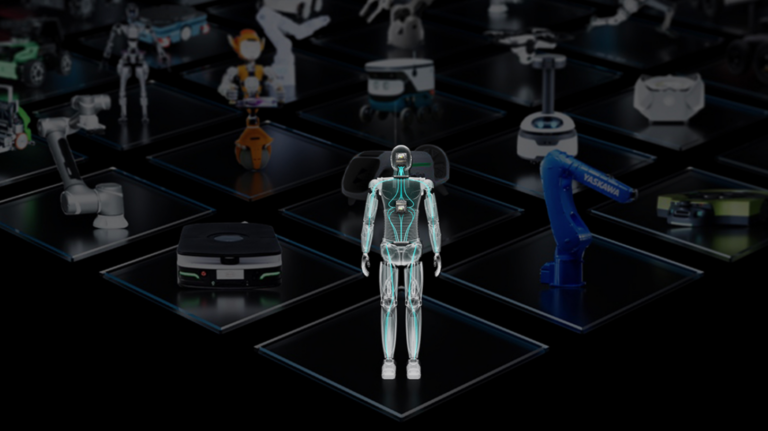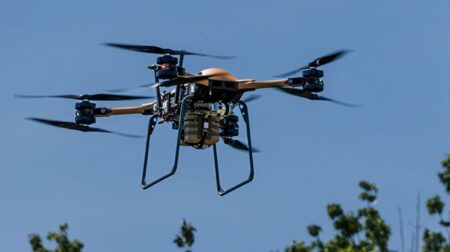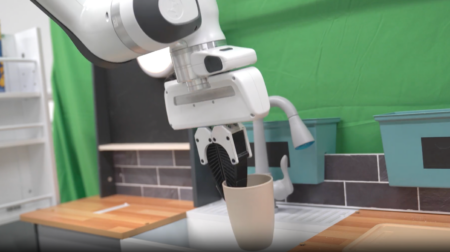American chipmaker Nvidia has announced progress in its development of AI-enabled robotics with a new platform, named Nvidia Isaac, which is aimed at accelerating robotics development.
The newly-announced Nvidia Isaac robotics platform tool uses the latest generative AI and advanced simulation tools to propel the evolution of AI-driven robotics, according to the chipmaker.
Two of its associated solutions are the Isaac Manipulator and Isaac Perceptor, which comprise a suite of foundation models, robotics tools and GPU-accelerated libraries.
Jensen Huang, Nvidia’s founder and CEO, announced Project GR00T alongside the new tech, which has been established as an all-new foundation model designed for humanoid robot learning.
Leveraging the tools provided by the Nvidia Isaac robotics platform, Project GR00T represents a significant advancement in the quest for artificial general robotics, the company said in a statement.
Huang emphasised the huge potential impact of these technologies, commenting: “Building foundation models for general humanoid robots is one of the most exciting problems to solve in AI today.”
He also expressed optimism about the convergence of enabling technologies for this goal, which he thinks could herald a new era for roboticists and lead to substantial strides in artificial general robotics.
In addition to Project GR00T, Nvidia has introduced a new computer tailored for humanoid robots, based on the potent Nvidia Thor system-on-a-chip (SoC).
To support the announcement of new hardware, Nvidia has also unveiled tools for the Isaac robotics platform, including Isaac Lab for robot learning and Nvidia OSMO for hybrid-cloud workflow orchestration. These were designed to empower developers to create smarter and more adaptable robots capable of executing diverse tasks.
Furthermore, Nvidia also announced partnerships with leading robotics companies such as Yaskawa, Solomon, PickNik Robotics and others to bring Isaac Manipulator to a broader audience.
The introduction of foundation models such as FoundationPose, cuMotion, FoundationGrasp and SyntheticaDETR is likewise hoped to enhance its current robot manipulation systems. This is because these models should enable robots to sense, adapt and re-programme for various environments and applications, thereby unlocking new applications.
What’s more, Nvidia’s Isaac Perceptor has in-built visual AI capabilities tailored for autonomous mobile robots (AMRs).
Powered by the new Jetson Thor-based computer, Nvidia commented that these robots exemplify the fusion of heterogeneous computing and advanced AI models to drive a new era of human-robot interaction.








